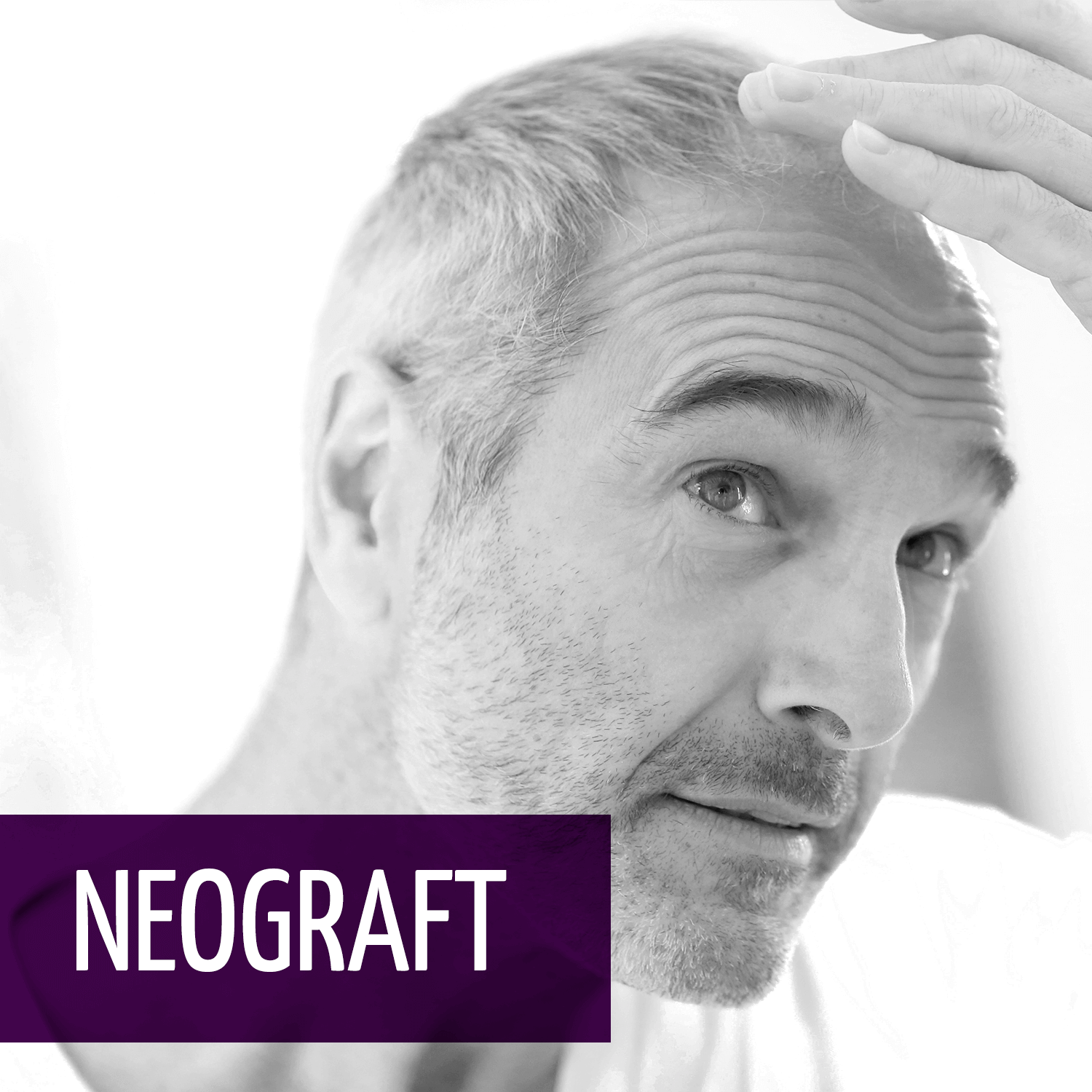Hair thinning and loss is a typical result of aging and is a common problem for both men and women, as around 50 million men and 30 million women in the United States alone suffer from male/female pattern baldness or hair thinning. Patients have searched for long-term solutions to their hair loss for decades and the first hair transplant was performed in 1952. Since then, medical technology has come a long way, allowing modern patients to see natural-looking results after a single-session minimally invasive treatment.
Take a trip with us as we walk through the history of hair transplants and introduce you to the latest, cutting-edge hair restoration technology on the market.
The First Transplant
The first ever hair transplant was performed by Dr. Norman Orentreich in New York City in 1952. Dr. Orentreich was the first doctor to publish the notion that transplanted hair will continue to display the same characteristics as it did before it was harvested. This was a landmark publication, as the medical community learned that balding resistant hair will continue to grow and thrive, even when transplanted to the thinning or bald areas of the scalp.
However, the simple knowledge of this phenomenon that Dr. Orentreich coined “donor dominance,” did not necessarily guarantee natural looking results. In fact, the grafts he was using (size of pencil erasers) made achieving natural looking results nearly impossible. This is why throughout the 1970s, hair transplant procedures using these large grafts were coined hair plugs. For many years, plugs were the only surgical solution to hair loss, meaning patients wanting their hair restored were forced to accept these less than-amazing results.
Mini and Micro-Grafts
In 1984, a revolutionary hair restoration technology was introduced to the cosmetic surgery field. Rather than punching out grafts from the back of the scalp, physicians were using smaller grafts (one or two hairs), harvested from a strip of donor tissue to soften and fill-in the hairline. Doctors used these mini-grafts towards the center of the scalp, and surrounded them on the outside with micro-grafts, to more naturally supplement patient hair loss. This technique eventually replaced the hair plug technique and was popular into the 1990s.
During the 1990s, a technique using a large number of mini and micro-grafts—a process known as mega-sessions—became popular. Using a larger amount of hair during the transplant made logical sense, however, the graft sizes were arbitrary, and did not mimic the organic growth pattern of hair. Instead, the micro-grafted areas appeared too thin, while mini-grafts looked just like plugs. Additionally, this procedure did not trim the skin between the follicular units, causing the recipient sites to be larger than necessary, creating larger wounds, and more variable healing and post-procedure growth.
Follicular Unit Transplantation
After becoming frustrated with his patients’ lack of natural-looking results, in 1994 Dr. Robert Bernstein discovered a better way to provide his patients with a hair loss solution. His idea was to only transplant grafts of one to four hairs, called follicular units. The technique involves dissecting follicular units from a donor strip and transplanting them to recipient areas. This procedure drastically improved surgical outcomes, but conversely increased the skills required by physicians to perform hair transplants. Though many surgeons were reluctant to perform follicular unit transplantation, by 2000 physicians around the world had adopted this technique.
Where We Are Now: Follicular Unit Extraction
In 2002, research regarding follicular unit extraction (FUE) was published, and has since increasingly gained popularity. During FUE, a hand-held medical instrument is used to make small, circular incisions around the skin of each follicular unit. The surgeon then extracts each unit from the scalp, leaving tiny holes that heal in a few days. These follicular units are then transplanted to recipient areas, naturally filling in balding or thinning areas of the scalp.
Hair Restoration with Dr. Rednam
Dr. Rednam specializes in NeoGraft Hair Restoration, a follicular unit extraction technique. NeoGraft, a cutting edge hair restoration technology, offers a discrete, minimally invasive solution to hair loss, allowing patients to recover within a single day and see maximum results without scars.
NeoGraft is currently one of the safest and most minimally-invasive procedures on the market, providing patients with flexibility in hair length and style, as well as the most natural looking results. This procedure involves harvesting hair follicles from a donor area one at a time, and transplanting them to a recipient area. The hair follicles are kept in-tact, ensuring that they can continue to grow normally in the recipient area.
Whereas other hair transplantation procedures of the past have required lengthy recovery periods, NeoGraft is a relatively minor procedure, meaning patients are typically able to return to daily activity immediately, and to work or exercise the following day.
Every patient is different, meaning results from the procedure can vary depending on a candidate’s amount of hair present before the procedure, as well as their desired hair length and style. NeoGraft can reach patients’ reasonable cosmetic goals by providing natural results that create more consistency in the hairline.
Schedule a Consultation
If you would like to schedule an appointment, you can book a consultation with Dr. Rednam by calling (713) 791-0700 or by email.
